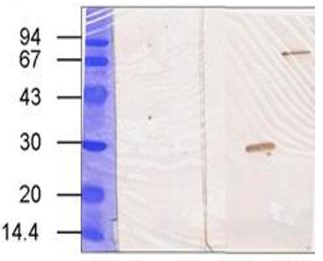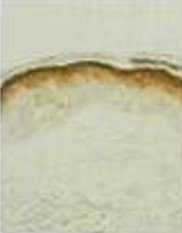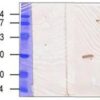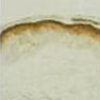Anti-Transglutaminase-3 (TG3) Antibody (90022)
$520.00
SKU: 90022
Categories: Antibody Products, Enzymes and Enzyme Inhibitor Antibodies, Products
Overview
Product Name Anti-Transglutaminase-3 (TG3) Antibody (90022)
Description Anti-Transglutaminase-3 (TG3) Mouse Monoclonal Antibody
Target Transglutaminase-3 (TG3)
Species Reactivity Human
Applications WB,ICC,IHC
Host Mouse
Clonality Monoclonal
Clone ID C2D
Isotype IgG1
Immunogen Recombinant human TG3 (accession no. Q08188).
Properties
Form Lyophilized
Formulation Lyophilized, 0.1M Tris, 0.1M glycine, 2% sucrose, 1mg/ml.
Buffer Formulation Tris Buffer
Format Purified
Purification Purified by Protein A affinity chromatography
Specificity Information
Specificity This antibody recognizes full-length human TG3 (77kDa) and the proteolysed form of human TG3 (30-47kDa).
Target Name Protein-glutamine γ-glutamyltransferase E
Target ID Transglutaminase-3 (TG3)
Uniprot ID Q08188
Alternative Names EC 2.3.2.13, Transglutaminase E, TG(E, TGE, TGase E, Transglutaminase-3, TGase-3 [Cleaved into: Protein-glutamine γ-glutamyltransferase E 50 kDa catalytic chain; Protein-glutamine γ-glutamyltransferase E 27 kDa non-catalytic chain]
Gene Name TGM3
Sequence Location Cytoplasm
Biological Function Catalyzes the calcium-dependent formation of isopeptide cross-links between glutamine and lysine residues in various proteins, as well as the conjugation of polyamines to proteins. Involved in the formation of the cornified envelope (CE), a specialized component consisting of covalent cross-links of proteins beneath the plasma membrane of terminally differentiated keratinocytes. Catalyzes small proline-rich proteins (SPRR1 and SPRR2) and LOR cross-linking to form small interchain oligomers, which are further cross-linked by TGM1 onto the growing CE scaffold (By similarity). In hair follicles, involved in cross-linking structural proteins to hardening the inner root sheath. {ECO:0000250}.
Research Areas Enzymes
Background Transglutaminase-3 (TG3), an epidermal- type enzyme, is responsible for formation of the epidermis. During keratinocyte differentiation, TG1 and TG3 appear to act cooperatively in the cross-linking of proteins, including involucrin, loricrin and small proline-rich proteins (SPRs). These reactions result in formation of the cornified envelope (CE), a specialized component consisting of covalent cross- links of proteins beneath the plasma membrane of terminally differentiated keratinocytes. Furthermore, TG3 in hair follicles is involved in cross-linking structural proteins such as trichohyalin and keratin intermediate to hardening the inner root sheath. During differentiation in these processes, a zymogen form of TG3 (77 kDa) is activated by limited proteolysis with cathepsins S and/or L.
Application Images



Description Immunoblotting: use at 1-5ug/ml. Bands of ~77kDa and ~30kDa are detected. Detection of full-length and proteolysed TG3 in lysate of human epidermal cells with #90022.

Description Immunocytochemistry: use at 2-10ug/ml. Detection of TG3 in human foreskin with #90022.
Handling
Storage This product is stable for at least one (1) year at -20°C to -70°C. Reconstituted product should be stored in appropriate aliquots to avoid repeated freeze-thaw cycles.
Dilution Instructions Reconstitute lyophilized antibody using ultrapure to a final concentration no less than 100 ug/mL. Reconstitution with PBS or Tris buffer is acceptable if required. Protein carrier, biocide or cryopreservative can be added as needed. Aliquot and store at -20C for longterm storage. Dilute immediately prior to use.
Application Instructions Immunoblotting: use at 1-5ug/mL. Bands of ~77kDa and ~30kDa are detected.
Immunocytochemistry: use at 2-10ug/mL.
These are recommended concentrations.
Enduser should determine optimal concentrations for their applications.
Immunocytochemistry: use at 2-10ug/mL.
These are recommended concentrations.
Enduser should determine optimal concentrations for their applications.
References & Data Sheet
Data Sheet  Download PDF Data Sheet
Download PDF Data Sheet
 Download PDF Data Sheet
Download PDF Data Sheet





